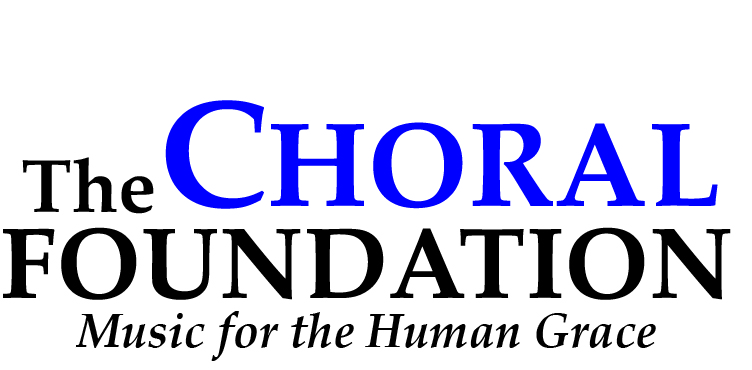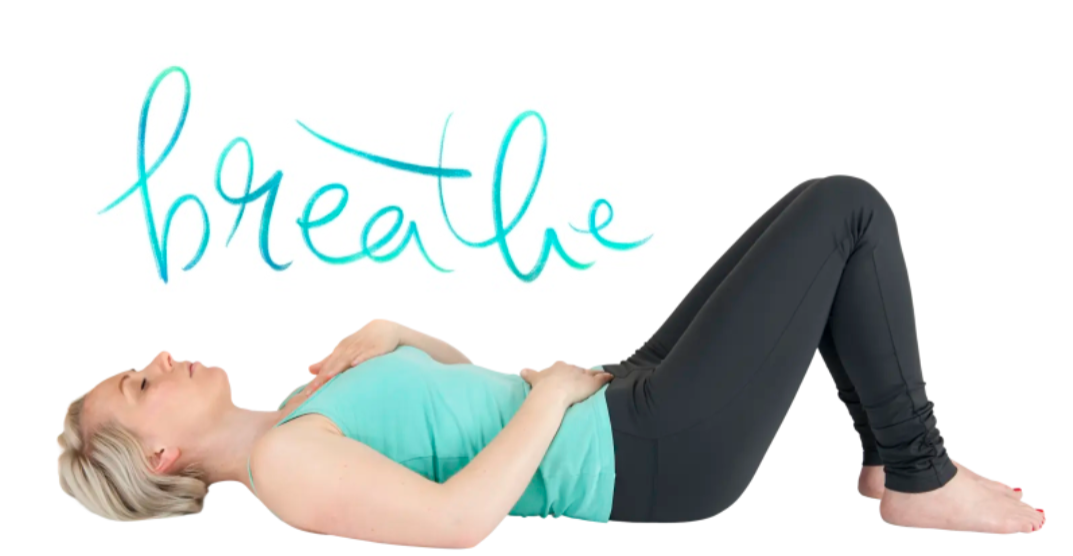Breath is often described as the “fuel” of singing, but it is also a whole-body health practice. While singers may think primarily of sustaining tone, science shows that the way breath is managed during singing supports posture, digestion, and overall physiological balance.
The Physiology of Singing Breath
Singing requires more than simply filling the lungs with air. The breathing system operates as a coordinated unit involving the diaphragm, rib cage, abdominal muscles, and the pelvic floor. Classic studies by Gould (1971) and Hixon (1973) revealed that posture and respiratory support directly influence how freely the vocal folds vibrate and how efficiently airflow is managed for sustained sound.
The pelvic floor plays a surprising role in this coordination. Research has shown that the pelvic floor contracts and releases in cooperation with the diaphragm to regulate intra-abdominal pressure, stabilizing the trunk and supporting airflow (Hodges, 2007; Park, 2015; Talasz, 2022). This makes core engagement and posture not simply supportive extras, but integral to healthy breath management.
Breath and Digestion
Recent studies also highlight how breathing influences digestion. As the diaphragm moves with each inhale and exhale, it creates gentle pressure changes in the abdominal cavity. This rhythmic movement acts as a kind of “massage” for the intestines, stimulating peristalsis, improving blood flow to abdominal organs, and promoting more efficient digestion (Peiqi & Lei, 2024). Singing breath, therefore, not only energizes the voice but also contributes to digestive health.
Actionable Tips for Singers
Breathing for singing may sound complex, but small adjustments can build awareness and efficiency. The Alexander Technique frames breathing as an allowing process rather than a forced one, emphasizing posture, release of unnecessary tension, and whole-body coordination.
1. Body Scan Breath (Release First)
Before inhaling, pause to release your jaw, neck, and shoulders. Then place one hand on the sides of your lower rib cage and the other on your lower abdomen. Allow the breath to enter naturally, noticing how the rib cage expands, the abdomen softens, and the pelvic floor gently releases. As you exhale, sense the recoil of the ribs and abdominals and the natural upward lift of the pelvic floor without pushing.
2. Singer’s Stretch Breathing (Lengthen and Widen)
Stand with an upright and buoyant relaxed posture. Allow one hand to rest gently around your neck, and notice whether there’s activity under your palm as you inhale. If so, there may be tension you can release. Inhale again and imagine your torso lengthening upward and your ribs widening outward and backward as you inhale. Think of the breath “arriving” rather than being pulled in. This activity reduces chest and neck tension and fosters a freer, more efficient breath.
Closing Thought
From vocal fold efficiency to intestinal health, singing breath demonstrates how closely interconnected the body’s systems are. Each phrase sung draws on healthy respiratory patterns and, in the process, supports balance, posture, and overall well-being.
In my next post, I will explore how singing breath impacts stress reduction, immunity, and even social connection in ways that extend far beyond the practice room.
Jamea J. Sale, PhD
Director, Institute for Healthy Singing & Voice Research
Sing for a Lifetime
www.HealthySinging.org
“The Alexander Technique is a method of mind-body
re-education that teaches awareness of posture, movement, and breathing. It frames breathing as an allowing process rather than a forced one, emphasizing release of unnecessary tension and natural coordination of the whole body. Many singers use it to develop ease, efficiency, and vocal freedom.”
References
Gould, W. J. (1971). Effect of respiratory and postural mechanisms upon action of the vocal cords. Folia Phoniatrica et Logopaedica, 23(4), 211-224.
Hixon, T. J. (1987). Respiratory function in speech and song. (No Title).
Hodges, P. W., Sapsford, R., & Pengel, L. H. (2007). Postural and respiratory functions of the pelvic floor muscles. Neurourology and urodynamics, 26(3), 362-371.
Park, H., & Han, D. (2015). The effect of the correlation between the contraction of the pelvic floor muscles and diaphragmatic motion during breathing. Journal of physical therapy science, 27(7), 2113-2115.
Peiqi, L., & Lei, S. (2024) The Interaction Between the Respiratory System and The Digestive System: A Preliminary Study.
Wood, A. C. (2025). The Feasibility of a Hybrid Telehealth Respiratory Muscle Strengthening and Coordination Program on Chronic Constipation Outcomes (Doctoral dissertation, University of Miami).

